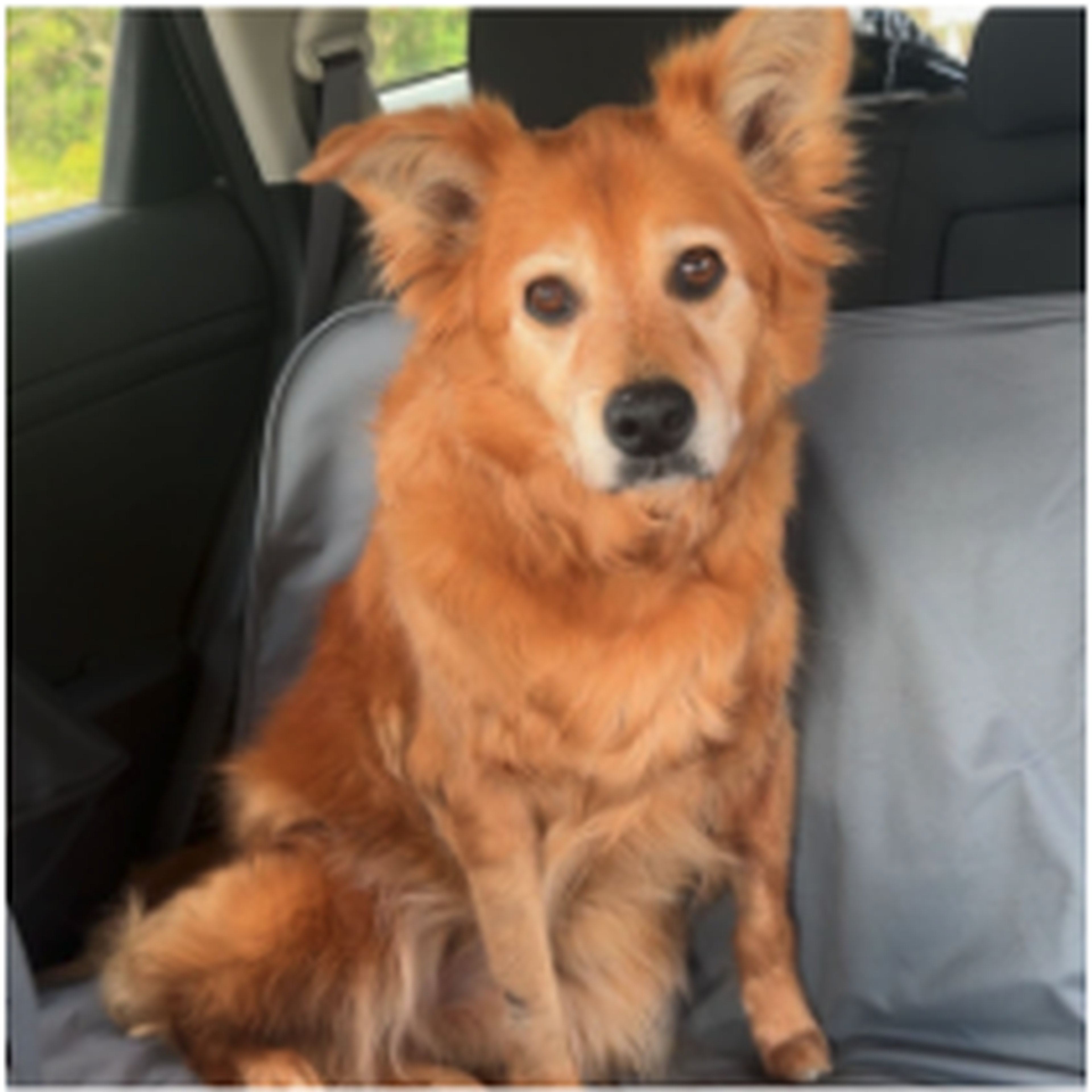Nutritional Support for Dogs with Cancer: the Role of a Half-Fresh Ollie Diet
Catherine Carchedi, MS, DVM
Lindsay Cassibry, MPH, DVM
Brittany White, PhD



OVERVIEW
Soft tissue sarcomas are common tumors in dogs, requiring a comprehensive therapeutic plan including surgery, radiation, chemotherapy and systemic support. Nutrition plays a pivotal role in cancer management, affecting immune function, body condition, treatment tolerance, and quality of life1. Maintaining adequate caloric intake and nutrient absorption is often a major challenge in canine cancer patients, making palatability and digestibility critical. Incorporating a fresh diet like Ollie, even partially, offers clinically significant benefits by enhancing food acceptance and delivering high-quality nutrition during treatment 2.
PALATABILITY AS A CLINICAL PRIORITY
Cancer-associated anorexia and cachexia are well-documented complications in veterinary oncology3. Dogs undergoing cancer treatment frequently develop inappetence due to tumor burden, inflammation, metabolic dysregulation, and treatment side effects. Enhancing palatability is essential to:
Encourage voluntary intake despite decreased appetite
Prevent muscle wasting and malnutrition
Support overall treatment tolerance and recovery
Freshly cooked diets such as Ollie’s, made with minimally processed, human-grade meats and vegetables, are inherently more aromatic and flavorful compared to traditional dry or canned foods. Soft-textured meals can stimulate olfactory-driven appetite in dogs experiencing chemotherapy- or disease-related anorexia 2.
NUTRIENT QUALITY AND DIGESTIBILITY
Cancer patients require diets rich in bioavailable nutrients to maintain lean body mass and support immune function1,4. Ollie diets are formulated with:
High-Quality Proteins: Essential for preserving muscle mass and facilitating tissue repair
Balanced Fats: Including beneficial omega-3 fatty acids, which have been associated with anti-inflammatory effects and potential modulation of tumor progression 1
Easily Digestible Ingredients: Fresh vegetables and meats support gastrointestinal health and nutrient absorption in compromised patients 5
Partial feeding with a fresh diet alongside a therapeutic or maintenance kibble allows for palatability improvements without significantly disrupting a veterinarian’s prescribed nutritional strategy.
CLINICAL CASE: Nala, a 13-Year-Old Golden Retriever Mix
Nala, a 13-year-old spayed female Golden Retriever mix, was diagnosed with an intermediate-grade soft tissue sarcoma located on her right forelimb. Surgical excision was performed; however, histopathology revealed that complete margins were not attainable. As part of her adjunctive therapy, Nala underwent two rounds of electrochemotherapy (ECT) to help control local disease recurrence.
Throughout her treatment, maintaining Nala’s appetite and body condition became a central concern. Her medical team and pet parent introduced a half fresh diet approach, combining her standard prescription kibble with Ollie’s gently cooked, human-grade meals. Transitioning to a partially fresh diet significantly improved her food acceptance, reduced the need for appetite stimulants, and supported stable weight and muscle tone throughout ECT and recovery. Nala’s pet parent reported increased enthusiasm at mealtimes and improved overall energy levels, consistent with clinical expectations that highly palatable diets enhance nutritional success during cancer therapy 3.
SOFT TISSUE SARCOMA-SPECIFIC CONSIDERATIONS
While no diet can cure cancer, appropriate nutritional management aims to:
Maintain optimal body condition
Reduce systemic inflammation
Minimize metabolic alterations caused by the tumor
Enhance quality of life
Soft tissue sarcomas generally do not have specific paraneoplastic syndromes that drastically alter dietary needs; however, systemic support remains critical to surgical recovery, immune function, and minimizing treatment toxicity 1.
CLINICAL OUTCOMES AND OWNER OBSERVATIONS
Owners incorporating Ollie’s fresh foods into their dog's cancer care regimen often report:
Improved appetite and willingness to eat independently
Decreased need for appetite stimulants or assisted feeding
Better energy levels and maintenance of muscle tone
These clinical impressions align with the broader understanding that palatable, highly digestible diets can significantly improve quality of life in veterinary oncology patients2,4.
CONCLUSION
A half fresh diet approach utilizing Ollie’s human-grade, palatable meals provides meaningful benefits for dogs with cancer. By enhancing food acceptance, maintaining nutritional intake, and supporting systemic health, Ollie offers a practical, clinically relevant tool to improve outcomes and quality of life during cancer care.
REFERENCES
Ogilvie GK, Vail DM. Nutrition and cancer: Newer directions in nutritional oncology. Veterinary Clinics of North America: Small Animal Practice. 1990;20(4):969-982.
Michel KE, Sorenmo K, Shofer FS. "Evaluation of a prepared diet versus a home-prepared diet in dogs with lymphoma." Journal of the American Veterinary Medical Association. 2004;225(4):587-592.
Baez JL, Michel KE, Sorenmo K, Shofer FS. "A prospective investigation into the prevalence of cachexia in dogs with lymphoma." Journal of Veterinary Internal Medicine. 2007;21(6):1341-1347.
Fascetti AJ, Delaney SJ. Applied Veterinary Clinical Nutrition. Wiley-Blackwell; 2012.
National Research Council (NRC). Nutrient Requirements of Dogs and Cats. Washington, DC: The National Academies Press; 2006.